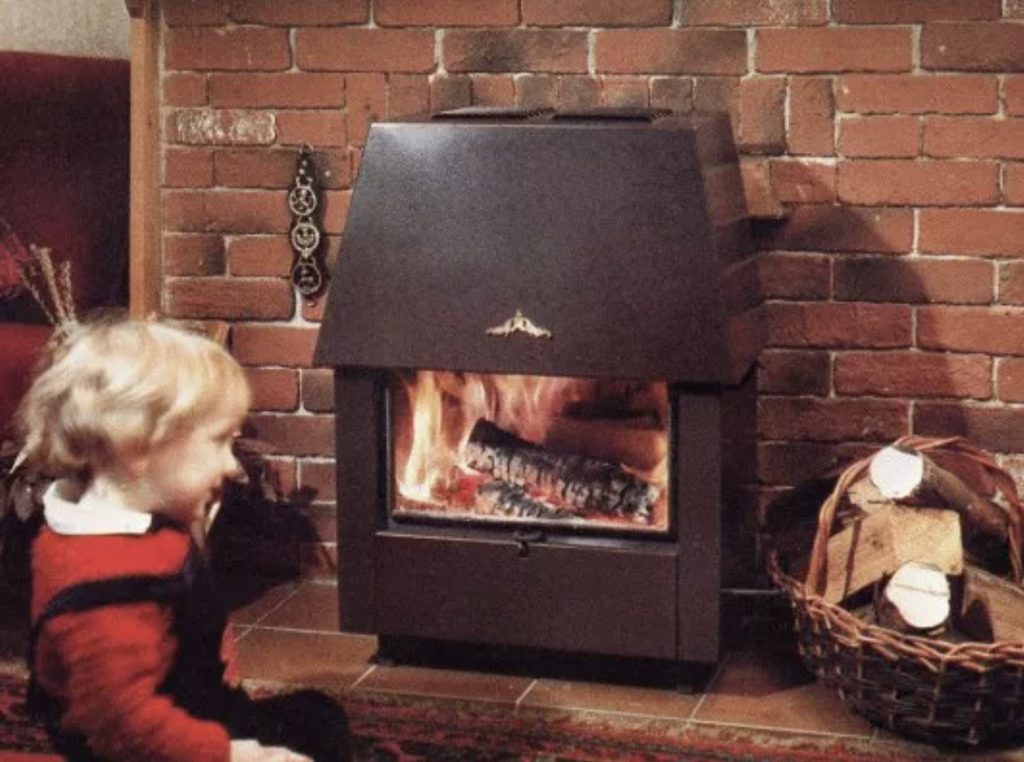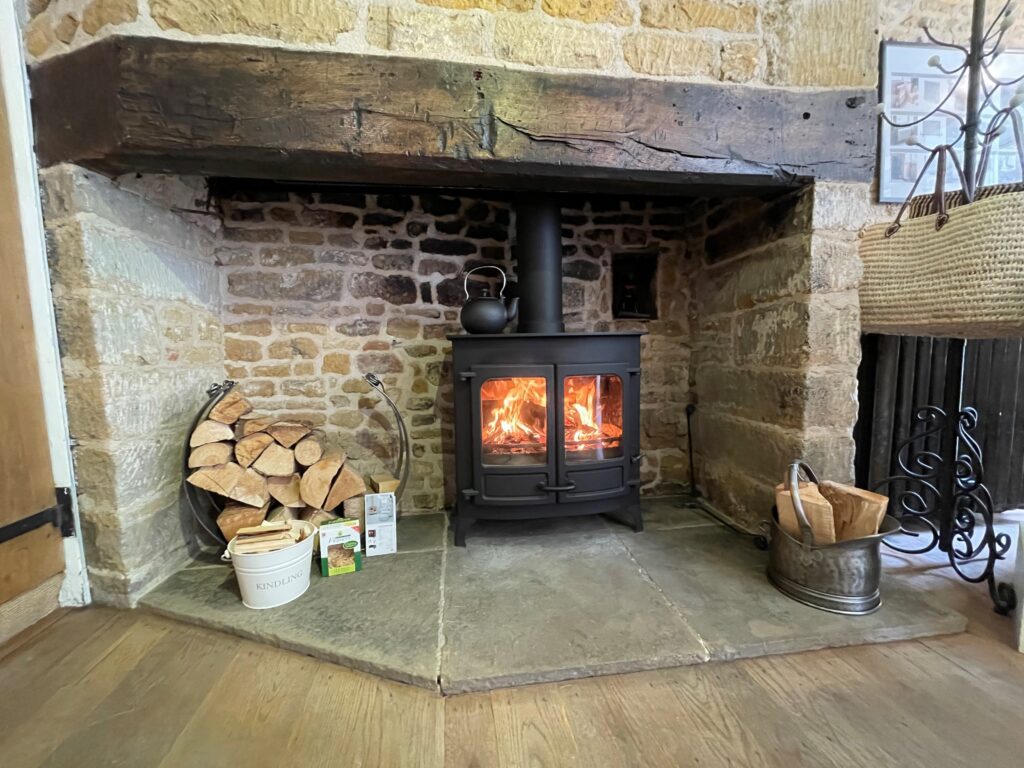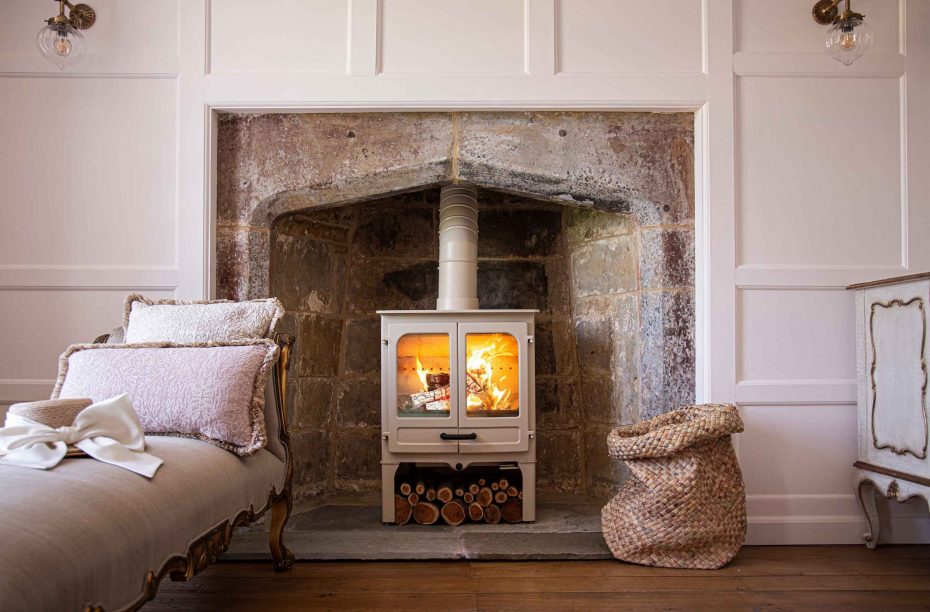Over the last few weeks there has been a lot of talk on wood burning centered around ‘No Burn Night’.
As a stove manufacturer we certainly have a vested interest and have been pushing back on claims which we have felt to be unfair, misleading or untrue. Much of this debate has spilt over onto social media where it has often been less than savoury! Of course, we all know that social media is never the best place to have these in-depth discussions.
Often in debates we tend to try and demonise our opposition, we try to (mis)represent their arguments on our terms, often to discredit their motives, and aim to crush them and be the victors of the argument. We saw this during the Brexit debate, on both sides, – issues were simplified, positions were demonised, mistruths were told, and it is probably fair to say from whatever perspective you come from, that the results have been a bit of a disaster. When it comes to the debate on air quality it is too important to allow this to happen. So, what if we take a different approach? What if we tried to believe the best in each other and the motivations behind what we are all trying to achieve?!
There is a risk here – surely if we try and understand the other side, give them the benefit of the doubt even, won’t they take advantage and undermine our position further? Surely, the first rule of negotiation is to go in hard and then maybe meet in the middle. Well maybe, but what if we try to do things differently? Indeed, the prize is surely one worth having as this debate centers around an important issue: the environment and more specifically air quality. Something that we all believe is vitally important.
What are the arguments on both sides?

One of the first Charnwood stoves replacing a more polluting open fire
In writing this, we are aware that we approach this from a position of vested interest, so let’s start with us. We manufacture, amongst other things, wood burning stoves and have done so for around 50 years. We employ around 180 people here on the Isle of Wight and export to around 20 countries. We are a family business and work with other small, often family-run businesses up and down the country who sell and install our stoves. We started making stoves because there was an oil crisis and at the end of the 1970s, Dutch Elm disease had killed many trees. This wood was often burnt on open fires, which was neither efficient or clean. That inspired the founders to start making stoves to burn the wood better. Over the years we have found ways to dramatically improve performance, so we get more heat and less smoke from the wood we burn.
But why burn wood at all?
Well, wood is a plentiful natural and renewable resource that reduces our reliance on fossil fuels. It has been used for heating and other things for millennia. Forest management is also vitally important – well-managed woodland is good for biodiversity and is lost if it is not managed well. We also see forest fires tragically result from not managing forests, such as those in California.
Energy has, throughout history, been the key to power – the British empire was built on coal. Then came oil and we saw the rise of America, Russia and the Middle East. As we move into a low carbon economy, we see access to rare earth metals that make batteries as critical, and it is China who have taken the lead in this race. Those who control access to energy hold power. But wood is different and it’s plentiful which means it cannot be controlled by any large player.

In this image a modern ultra-efficient Charnwood Island Stove has replaced an open fire
So, clearly, we think wood has many advantages. “Of course you do”, you might say! But we are also aware that to heat from wood it needs to be burnt, and burning things creates smoke. In the UK, traditionally it has been open fires which have been the primary method of heating, and it has always been our argument that burning on a stove is far better – more efficient and with significantly less emissions (3). Over the years we have continued to invest in equipment to keep improving even further.
SO, what is the problem with wood?
If we look at those that don’t like wood burning we hear a very different story. It is perhaps unfair of us to try and explain the opposite position, but notwithstanding our obvious bias, we will try and Steel Man their position: Wood when burnt produces, amongst other things PM2.5 – these are small particles that are not good for us and when breathed it can cause health problems. These health problems are hotly debated as the body will deal with a certain amount of PM2.5 (and different types) but it is claimed that it can cause respiratory disease, and even dementia. In fact, all types of burning will produce these particles to greater and lesser extents. The term PM2.5 describes the size of the particle rather than the composition, and its composition depends on what is being burnt. More research is needed to understand the relative toxicity of the different types of particles. If we take the position that there is no safe level of PM2.5 then logically it must follow that we should not burn things – and wood is included in this.
What do anti-wood burners think of pro wood burners
Again, this is difficult to answer and there are many views. But it is probably fair to say that they think we are an industry with vested interests whose desire to make money overrides the damage we do to the environment and air quality. Of course on a local and personal level if you are living next to someone who is creating a lot of smoke by burning wood badly, maybe on an open fire, old appliance, using bad wood or even unregulated burning outside it is really not pleasant and rightly this should be stopped.
What do pro-wood burning people think of anti-wood burners
It is easier for us to answer this one! We often feel misrepresented and frustrated by the lack of distinction between different types of wood burning. Wood burnt on a stove will generally be much cleaner than that of wood burnt on an open fire or outdoor appliance. It is essential to differentiate between various forms of wood-burning. Chief Medical Advisor Chris Whitty in his report acknowledges this saying, “For air pollution emissions, there is substantial difference between the different open fire and stove designs, the age of the appliance and how well maintained it is, and the moisture content of the wood, for those who want to burn wood.”(2)
We can often also feel aggrieved because for us (and some other stove companies) the reason we got into making stoves was to improve air quality and the environment. So, we feel as if we are being shoved out of our own party! We want to improve air quality by better burning, and we feel through misrepresentation we are frustrated in this mission. We strongly believe that we are at risk of seeing air quality worsen by not getting people to burn better.
Ecodesign-compliant stoves are up to 90% more efficient than an open fire and in London 70% of wood burning still occurs on open fires. (1) If people were widely encouraged to switch to one of the many modern and efficient wood-burning stoves available, it would massively reduce urban PM 2.5 emissions. In fact, the latest wood-burning figures released by Defra appear to show this taking place across the country as reported by the SIA:
“What is clear from the latest data is that, despite an increase in stove sales, domestic emissions have come down. This points clearly and conclusively to the improvement in air quality that can be achieved by replacing open fires and older stove models with modern, Ecodesign design compliant stoves such as clearSkies certified appliances.” (4)
Finally, it must be said that on some fringes of our community, there is also a feeling that we are up against bigger powers (in much the same way that those who don’t like wood burning feel we have large commercial interests). We are in fact quite a small industry made up of a lot of small and medium-sized companies. There is often a feeling that the anti woodburning lobby is being funded by big players (perhaps fossil fuel companies) who have a vested interest in having control over energy. There is also a subset who feels that governments don’t like wood burning because they cannot tax it!
Believe the best
So, there is distrust on both sides – and although there may be good reason for some of it, we share the same motivation: we both want to improve air quality and the environment. Of course, we are taking different approaches towards this. Some want to ban burning, while in our company we want to improve it. But we mustn’t forget, during these debates, that our goal is the same – cleaner air!
Can we work together?
If we share the same goal can we help each other? Is the pragmatic approach mutually exclusive to the idealistic one? Is the idealistic path really threatened by the pragmatic one? Can we work together?
Could we think of it as more of a relay race where the goal is clean air? To get there we all need to work together to get the biggest improvements first and then keep improving. For our industry it means using technology to keep improving stoves, it means working constructively with legislators to implement meaningful and challenging standards which are enforceable and actually make a difference. We need to be really honest about where this is not happening and be prepared to take tough decisions. For those whose goal is to see all burning banned it might mean first putting their efforts into stopping the worst kind of burning – unregulated indoor and outdoor burning. Difficult conversations need to be had; goodwill needs to be shown on both sides, we may not agree on everything but we share the same goal and we can support each other in those things we do agree on. The prize is worth it, so let’s choose to believe the best in each other and together make a difference!
______________
Further reading that explains in more detail why we strongly feel a collaborative approach is required:
https://www.charnwood.com/news/wellbeing-benefits-log-burners/
References:
(1)https://www.clearskiesmark.org/about-us/certification-system-explained/
(2)https://assets.publishing.service.gov.uk/government/uploads/system/uploads/attachment_data/file/1124738/chief-medical-officers-annual-report-air-pollution-dec-2022.pdf
(3)https://www.gov.uk/government/publications/summary-results-of-the-domestic-wood-use-survey
(4) https://stoveindustryalliance.com/wood-burning-emissions-decrease-in-record-year-for-stove-sales/

